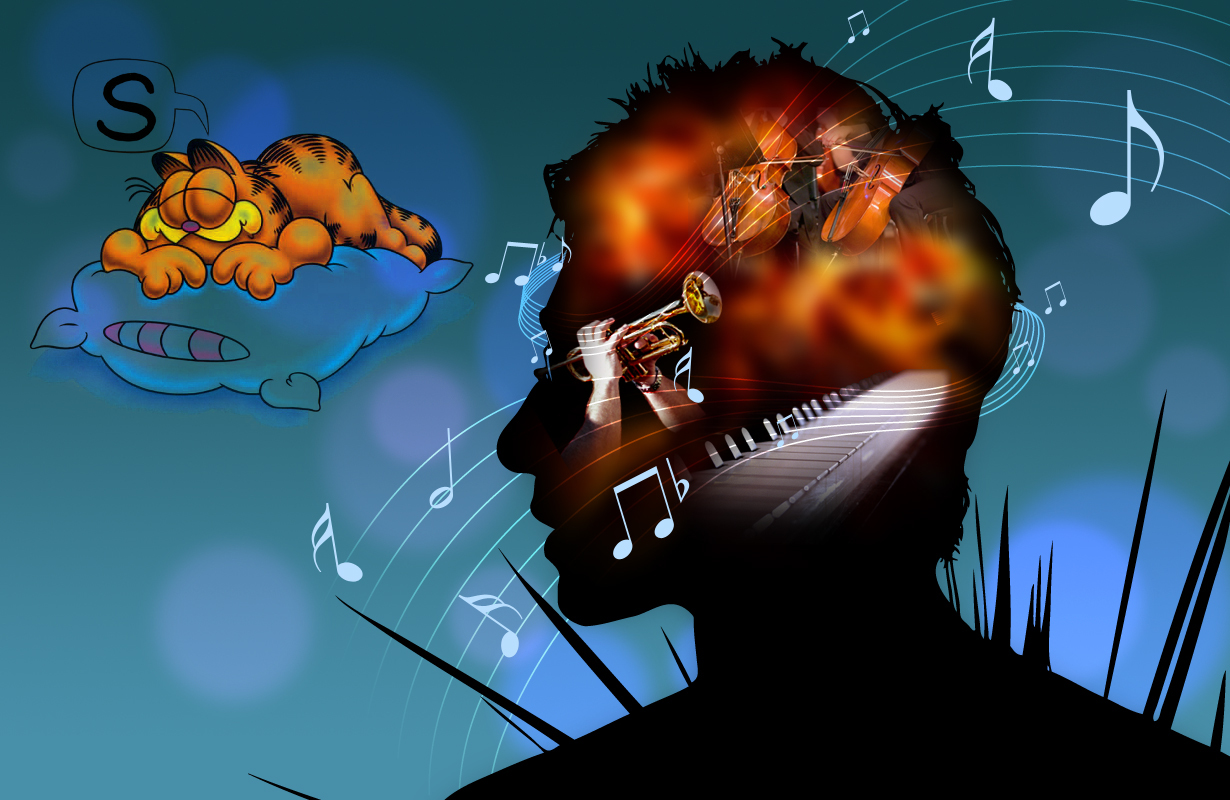

One way to get rid of an earworm is to entirely focus on an activity, task, or problem that helps distract your brain from that one song in your head. Scully advises to spend five to ten minutes drawing up a to-do list for the next day. How can I get rid of an earworm?Ĭontracting an earworm can be a very annoying experience. Participants who contracted an earworm had more problems falling asleep, spent more time in the so-called light stages of sleep, and had more frequent nighttime awakenings. Unexpectedly, researchers discovered that instrumental music is likelier to generate earworms and disturb sleep quality than lyric-based music.

After that, the scientists analyzed if these earworms impacted their nighttime sleep physiology.įollowing the results, it appears that people who frequently encounter earworms during nighttime are six times as likely to have poor sleep quality in contrast with people that rarely encounter earworms at all. Participants then responded if and when they encountered an earworm. The team randomly allocated participants for listening to the original versions of those songs or the de-lyricized instrumental versions of the songs. Sculling explained that they played three popular and catchy songs right before the participants went to bed. The second study was survey-based, questioning people's music listening habits and the frequency at which earworms occur.ĭr. One laboratory experiment involving 50 participants that got their heart rate, brain waves, breathing patterns, and other variables recorded during sleep. The research finds its fundament in two different studies. Earworms have a significantly negative impact on sleep quality However, the Texan researchers discovered that they could also take place when aiming to fall asleep.

It is common for these types of phenomena to occur during the day when we are awake. An earworm occurs when a specific tune or song replays over and over in a person's mind. Most of us 'suffer' from an earworm from time to time. The researchers investigated the connection between listening to music and sleep, concentrating on a rarely-explored mechanism: involuntary musical imagery, more commonly known as "earworms."


 0 kommentar(er)
0 kommentar(er)
